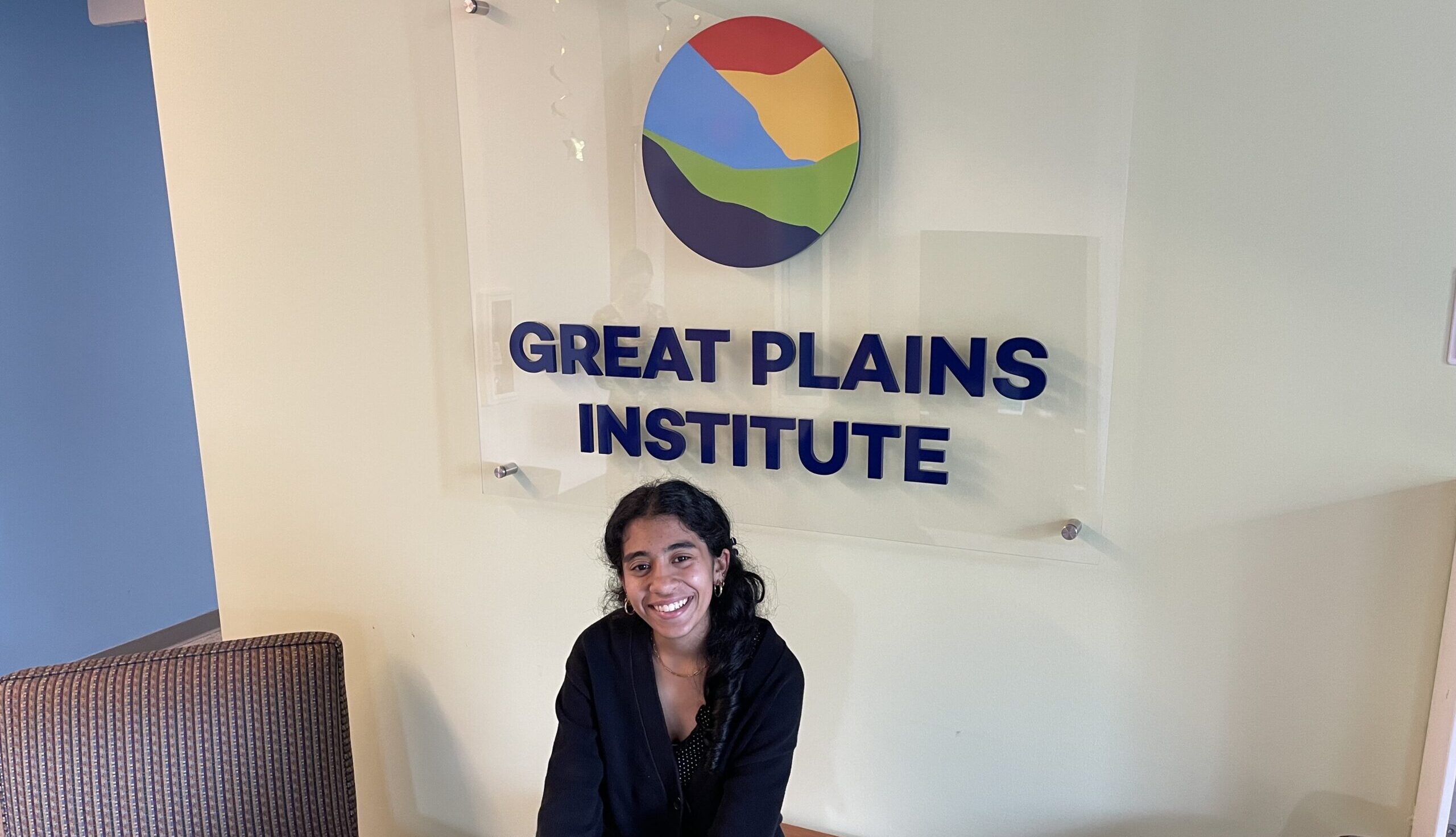Author: Riley Stern
This summer, I joined the Great Plains Institute’s Industrial Innovation and Carbon Management team as an intern through the University of Minnesota’s Sustainability Corps program. During this time, I worked to compile research and data surrounding the decarbonization of industrial heat processes in Minnesota and across the United States.
A focus area of mine this summer was the food and beverage sector, which often utilizes low-to-medium-temperature boilers in its production processes. A recent report from Evergreen Action highlights that industrial thermal emissions represent about 13 percent of the total energy-related carbon dioxide in the United States, with low- and medium-temperature processes accounting for 76 percent of those heat-related emissions.
Some projects I worked on include: mapping large facilities in Minnesota using low-temperature heat manufacturing and their utility providers, analyzing National Emissions Inventory data to compile state-specific statistics about industrial criteria air pollutants, and helping to organize and facilitate an informational focus group of energy planning firms regarding the current state of and barriers to electric heat generation in Minnesota.
Here are four key learnings I will take with me:
Progress implementation must be strategic and pragmatic. As we work toward carbon neutrality, the industrial sector has been identified as a key part of the transition. However, it is not equally feasible to decarbonize all industrial sectors at the current moment. The 2023 US Environmental Protection Agency’s FLIGHT data shows that the food and beverage sector is responsible for nearly 15 percent of Minnesota’s industrial emissions. This is not an insignificant amount, and what makes this sector a relevant focus area today is the availability of sufficient alternative technologies, such as industrial heat pumps and electric boilers. In looking for industrial decarbonization opportunities, it is important to identify sectors and companies where innovative technologies are currently viable solutions.
Uncertainty requires profound creativity. Over the past several months, there has been a great deal of political uncertainty regarding the future of clean energy funding and environmental tax credits. While this ambiguity has presented challenges for long-term planning, I also had the opportunity to participate in conversations that look toward viable decarbonization solutions despite changes to the federal framework. As we move toward an equitable future for both people and the environment, agile problem-solving is a must.
To create solutions, you must build shared understanding. As part of my research this summer, I also had the opportunity to meet with a bioproducts production company to learn about their manufacturing processes and potential interest in electrification. In this conversation, I learned about barriers to adopting electrified technology, including high regional electricity costs and a lack of nearby necessary infrastructure. This discussion gave me a more comprehensive understanding of where hurdles exist and how we can work to create solutions to address them.
Pragmatism often lives in the details. Much of my research this summer involved combing through spreadsheets and databases to identify specific information about state and facility-level emissions and pollutants. While this work can be time-consuming, it is always important to take the steps necessary to facilitate accurate decision-making.
My experience during this internship allowed me to learn through a variety of future-oriented lenses and strategies. Progress toward a better energy system is both complex and possible. I am so grateful I got to contribute in a small way this summer. Many thanks to the Great Plains Institute for hosting me.

